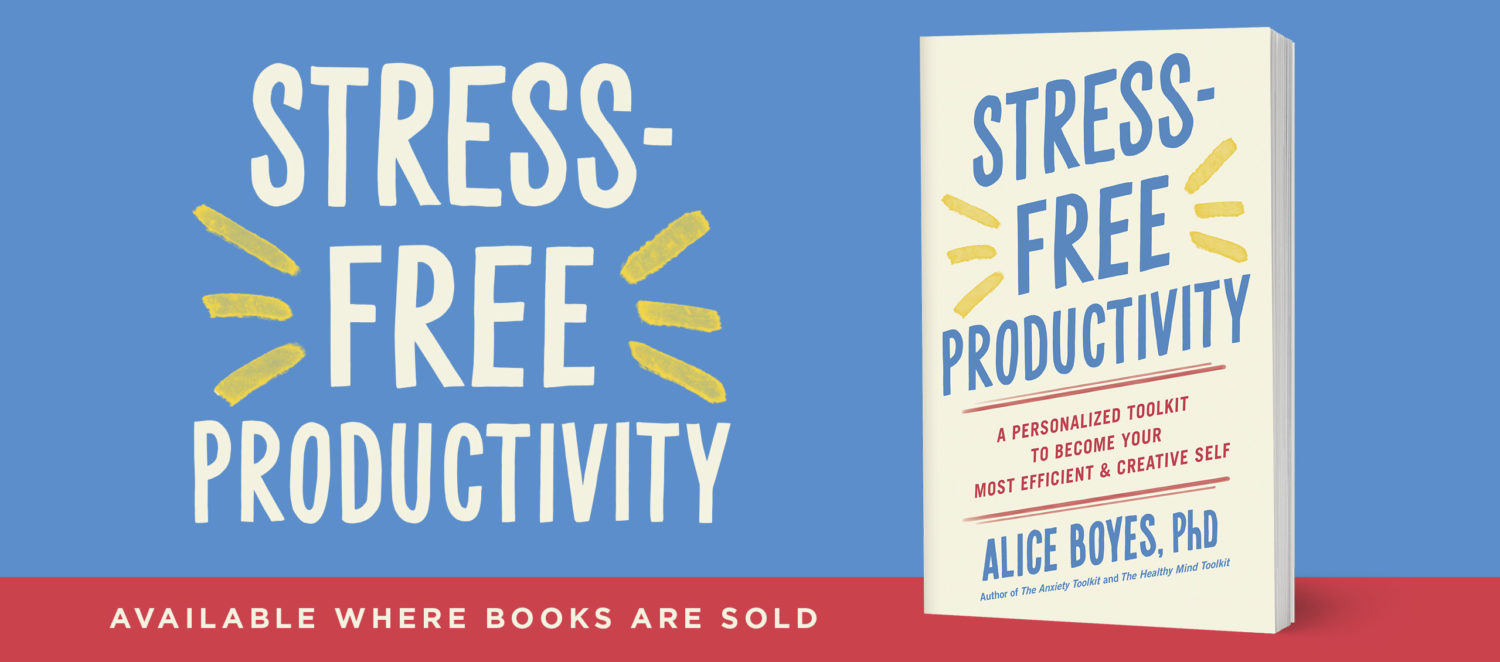How To REALLY Overcome Your Avoidant Coping
Here’s another technique to change avoidant emotion and behaviour patterns when logical thinking strategies aren’t enough.
I’ll use a similar avoidant coping example to the one I used in my last post. Let’s say one your avoidant coping patterns is that you avoid people being angry at you and/OR the possibility that they might become angry with you.
Angry includes it’s synonyms like irritated and annoyed (in other words, a bit angry rather than furious).
The goal is to, on purpose, elicit feelings you would normally avoid but do it in a controlled way.
Examples
Using the anger example, identify things you could do that might cause people to become angry at you. Obviously pick things that aren’t going to have SERIOUS negative consequence for you.
Include tasks that will result in strangers being mad at you, and tasks that involve people you know being mad at you.
Here’s are a few things I thought of.
– While paying at the supermarket checkout, say you forget something and run back to get it. Make the people behind you wait for you.
– Drop something in a way that picking it up involves you getting in other people’s way.
– Ask a really stupid question.
– Ask someone to re-explain something they have just told you.
– Chew gum loudly at a movie or “accidentally” spill some popcorn on the person next to you
– When someone asks you to do something (e.g. calls you to invite you to something) say Yes initially and later in the conversation change your mind.
– Tell someone “Sorry I wasn’t listening to you”
– Miss a deadline
Work your way through doing the items on your list. You can repeat items e.g. Use the Tell someone “Sorry I wasn’t listening to you” task at work and at home.
A KEY POINT IS: You have to make people actually angry with you. If you do something that might make people angry at you but in reality they’re not angry at you AT ALL, try another option until you elicit some actual anger.
ANOTHER KEY POINT: When you feel the anger directed towards you, really feel it. Really pay attention to people staring at you angrily or muttering to themselves about how inconsiderate you are. DON’T attempt to distract yourself from the feelings during the activity.
Pick a schedule for yourself e.g. 1 task, 3 times a week. Tues, Thurs, Sat.
If you want, you can order your list of activity ideas from what you would find easiest to do emotionally to what you would find hardest to do emotionally. I recommend you scan over your list and assign a number from 0-10 to each item (0 = I would not normally avoid this and would not find it difficult, to 10 = I would find this more difficult than anything else I can imagine). You want to make sure you don’t have big jumps e.g. you don’t have items at the 1-3 level and the 6-8 level but nothing at the 4-5 level of how emotionally difficult you would find it to complete the item. You don’t need to work all the way up to a 10 – Do what you think is helpful.
After you’ve completed an item do something you enjoy.


